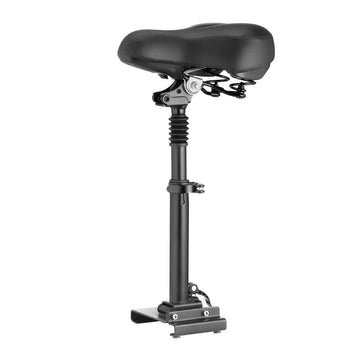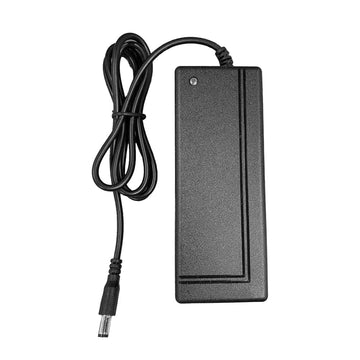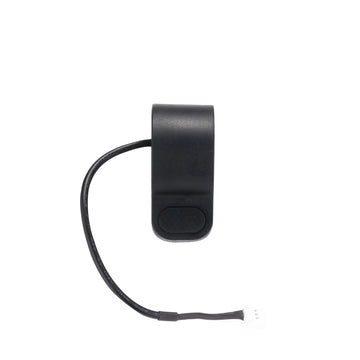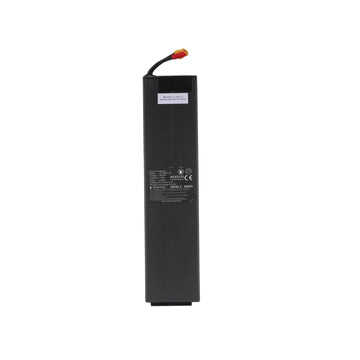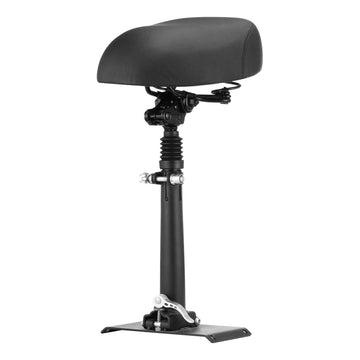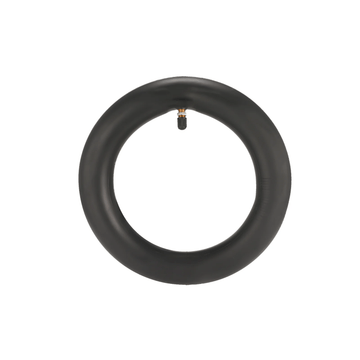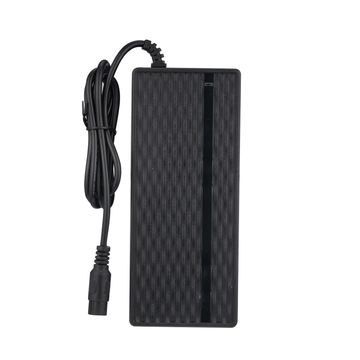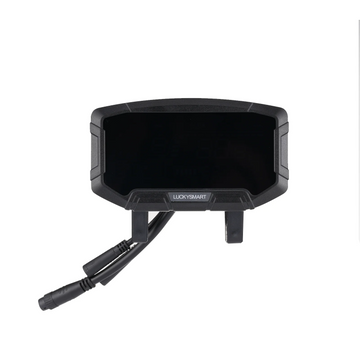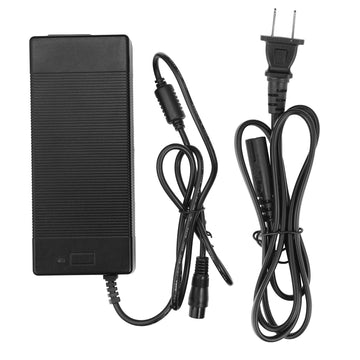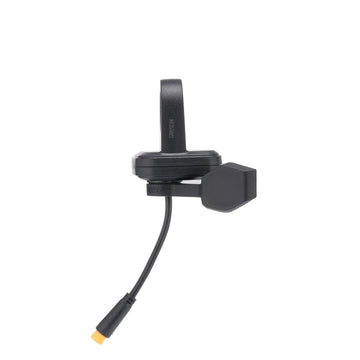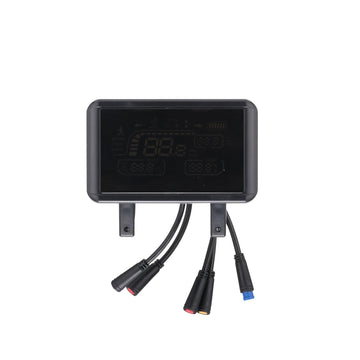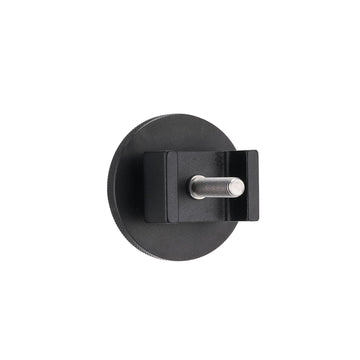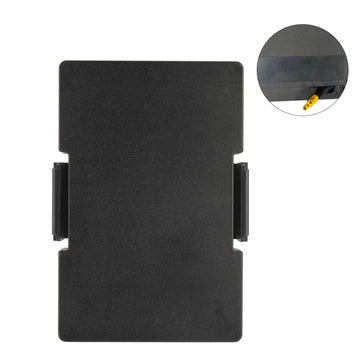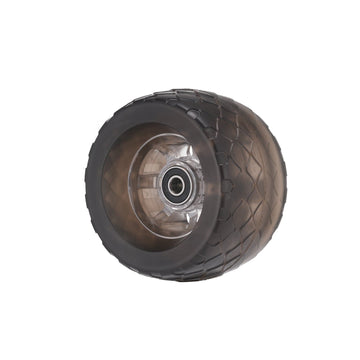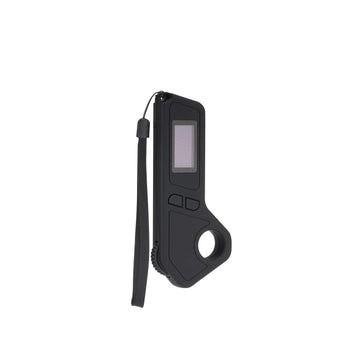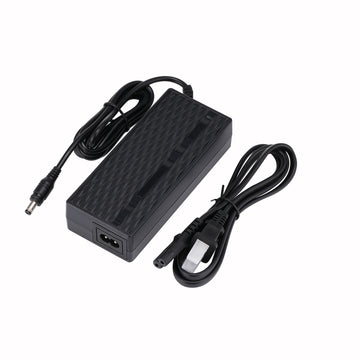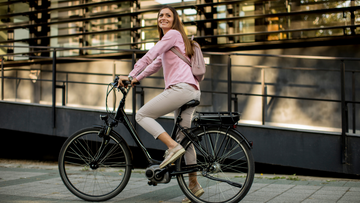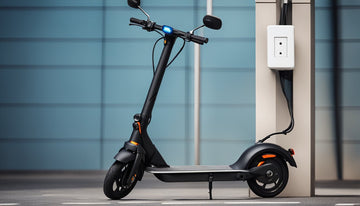
With the rise in popularity of electric scooters, understanding the ins and outs of keeping your ride juiced up is essential. Whether you're a commuting professional, an eco-conscious traveler, or an electric scooter enthusiast, knowing the proper charging technique will not only extend the life of your scooter but also ensure that it's always ready for your next adventure.
The right way of charging an electric scooter can maximize your scooter's performance and lifespan. Get ready to learn everything from identifying the right charger to battery maintenance. By adhering to these methods, you'll be cruising on your iSinwheel scooter with the confidence that comes from mastering the charging process.
So, if you’re looking to get the most out of your eco-friendly ride and avoid common charging pitfalls, keep reading. Our step-by-step guide ensures that your electric scooter stays in top-notch condition, ready to zip through city streets or glide along scenic paths at a moment's notice. Let's plug in and power up your e-scooter knowledge!
Combine comfort with convenience on our versatile electric scooters with seats and baskets, making shopping trips and leisurely rides a breeze with ample storage and a place to rest.
Understanding Electric Scooter Batteries
When it comes to electric scooter batteries, there are a few things you need to know to ensure you get the most out of your scooter. In this section, we'll cover the types of batteries used in electric scooters, as well as their lifespan and health.
Types of Batteries
Most electric scooters use lithium-ion batteries, which are lightweight, compact, and have a high energy density. This means they can store a lot of energy in a small space, which is ideal for electric scooters. Lithium-ion batteries also have a long lifespan and can be recharged many times before they start to degrade.
Battery Lifespan and Health
The lifespan of an electric scooter battery depends on several factors, including the battery's capacity, voltage, and the number of cycles it has gone through. Capacity refers to the amount of energy the battery can store, while voltage refers to the electrical pressure in the battery.
To ensure your battery lasts as long as possible, you need to take care of it properly. This means avoiding extreme temperatures, not overcharging or undercharging the battery, and using the correct charger for your scooter.
Over time, all batteries will start to degrade, which means they won't hold as much charge as they used to. To keep your battery healthy, it's important to keep an eye on its health and replace it when necessary.
Preparation for Charging

Before you begin charging your electric scooter, it is important to ensure that you have prepared adequately. This includes performing safety checks and creating optimal charging conditions.
Safety Checks
To ensure your safety while charging your electric scooter, it is important to perform the following safety checks:
- Check the charging port: Ensure that the charging port is clean and free from debris. If the port is dirty, use a dry cloth to clean it before plugging in the charger.
- Check the manual: Read the manual that came with your electric scooter to understand the manufacturer's recommendations for charging. This will help you avoid damaging the battery or charger.
- Check the environment: Ensure that the area where you will be charging your electric scooter is dry and at room temperature. Avoid charging your electric scooter in the rain or snow, or in wet conditions.
Optimal Charging Conditions
To ensure that your electric scooter is charged optimally, it is important to create the following charging conditions:
- Dry environment: Ensure that the area where you will be charging your electric scooter is dry. Avoid charging your electric scooter in the rain or snow, or in wet conditions.
- Room temperature: Ensure that the area where you will be charging your electric scooter is at room temperature. Avoid charging your electric scooter in extremely hot or cold environments.
- Proper charger: Use the charger that came with your electric scooter. Using an incompatible charger can damage the battery or charger.
- Avoid overcharging: Do not overcharge your electric scooter. Once the battery is fully charged, unplug the charger to avoid damaging the battery.
Embrace the adventurer within you with our rugged off-road electric scooters, built to handle the rough and untamed paths that lie off the beaten track.
Charging Your Electric Scooter
If you want to keep your electric scooter running smoothly, charging it properly is essential. Here are the steps you need to follow to charge your electric scooter correctly:
Step-by-Step Charging Process
- Turn off your electric scooter before charging it.
- Locate the charging port on your electric scooter. It is usually located on the bottom of the scooter.
- Plug the charger into the charging port. Make sure the charger is firmly connected to the port.
- Plug the charger into a wall outlet. Make sure the outlet you use is not overloaded and is compatible with the charger.
- Turn on the charger. Most chargers have an indicator light that will turn green when the battery is fully charged. Some chargers have a red light that will turn green when the battery is fully charged.
- Wait for the battery to charge fully. The charging time will vary depending on the battery capacity and the charger used. Refer to the charging time table provided by the manufacturer to estimate how long it will take to charge your battery.
Monitoring the Charge
While charging your electric scooter, it is essential to monitor the battery's charge level. Here are a few tips to help you monitor the charge:
- Keep an eye on the indicator light on the charger. The light will turn green when the battery is fully charged.
- If your charger does not have an indicator light, check the battery's charge level on the electric scooter's display.
- Avoid overcharging your battery. Overcharging can damage the battery and reduce its lifespan.
- Disconnect the charger from the wall outlet once the battery is fully charged.
Maintaining Battery and Charger Health
To ensure the longevity of your electric scooter's battery and charger, it is important to follow proper charging techniques. One of the most important things to keep in mind is to never overcharge your battery. Overcharging can lead to reduced battery life and can even cause damage to the battery. To avoid overcharging, always disconnect your charger once your battery is fully charged.
It is also important to use the original charger that came with your electric scooter. Using a different charger, especially a fast charger, can lead to reduced charging speed and efficiency, and can even damage your battery.
Another important factor to consider is the charging speed. While it may be tempting to use a fast charger to quickly charge your battery, it is important to note that fast charging can also lead to reduced battery life. To prolong the life of your battery, it is recommended to use a slower charger and to avoid charging your battery too quickly.
Avoiding Common Charging Mistakes
In addition to proper charging techniques, it is important to avoid common charging mistakes. One of the most common mistakes is leaving your electric scooter plugged in longer than necessary. Overcharging can damage your battery and reduce its lifespan, so it is important to always disconnect your charger once your battery is fully charged.
It is also important to regularly charge your electric scooter, even if you have not used it in a while. This can help to maintain the health of your battery and ensure that it is always ready to use when you need it.
Troubleshooting Charging Issues
If you're experiencing charging issues with your electric scooter, don't worry. Many common charging problems can be resolved with some simple troubleshooting steps. In this section, we'll cover some common charging problems and when to seek professional help.
Common Charging Problems
Won't Charge
If your electric scooter won't charge, the first thing you should do is check that the charging head is properly connected to the scooter. Make sure that the charging cable is fully plugged into the charging port and that the charging head is plugged into a working power outlet. If the charging head is loose, try tightening it or using a different charging cable.
If your electric scooter still won't charge, check for any visible damage to the charging cable or charging port. If you notice any damage, contact the manufacturer or retailer for assistance.
Short Circuits
Short circuits can occur when there is a problem with the wiring or electrical components in your electric scooter. If you suspect a short circuit, stop using your electric scooter immediately and seek professional help.
Fast Chargers
Using a fast charger can cause charging issues with your electric scooter. Fast chargers can put too much strain on the battery, causing it to overheat or become damaged. Stick to using the charger that came with your electric scooter to avoid any potential charging problems.
When to Seek Professional Help
If you've tried all of the troubleshooting steps and your electric scooter still won't charge, it may be time to seek professional help. Contact the manufacturer or retailer for assistance with any charging issues. They can help you diagnose the problem and provide a solution.
Remember, it's important to properly maintain your electric scooter to avoid any potential charging problems. Always use the charger that came with your scooter and don't use a fast charger unless it's recommended by the manufacturer.
Zip through your daily routines with our fast and efficient 20 mph electric scooters, designed to deliver quick commutes and spirited rides with a touch of exhilaration.
Conclusion
By following the steps in this guide, you can ensure that your scooter remains a reliable and efficient mode of transportation. Remember, proper charging is not just about plugging in—it's about caring for your battery and, by extension, your entire electric scooter. Routine maintenance and mindful charging practices will go a long way in preserving the longevity and performance of your scooter.
With your newly acquired knowledge on charging your electric scooter the right way, you are set to enjoy uninterrupted rides filled with speed, comfort, and efficiency. Just like fueling up a car, charging your scooter is a routine that, when done correctly, becomes second nature, allowing you more time to explore and less time tethered to an outlet.
We hope this guide has helped you learn about effective scooter charging. For those of you curious about just how fast you can go once you're fully charged, we've got something special. Dive into the exhilarating world of electric scooter speeds and learn what your iSinwheel is truly capable of. Read "How Fast Can an Electric Scooter Go?" and satisfy your need for speed responsibly. Happy scooting!
Frequently Asked Questions
Can you charge electric scooter at home?
Yes, you can charge your electric scooter at home. All you need is a power outlet and the charger that came with your scooter. Make sure to follow the manufacturer's instructions for charging your scooter to avoid damaging the battery or the charger.
How do I manually charge my scooter battery?
To manually charge your scooter battery, you can use a portable charger or a power bank. First, make sure that the charger or power bank is compatible with your scooter's battery. Then, connect the charger or power bank to your scooter's charging port and turn it on. Follow the manufacturer's instructions for charging your scooter to avoid damaging the battery or the charger.
Can you charge an electric scooter while riding?
No, you cannot charge an electric scooter while riding. The scooter's battery is designed to be charged while the scooter is stationary and connected to a power outlet. Attempting to charge the battery while riding can be dangerous and could damage the battery or the scooter.
How do you know when your electric scooter is fully charged?
Most electric scooters have a charging indicator light that shows when the battery is fully charged. The light will typically turn from red to green when the battery is fully charged. Some scooters may also emit a beep or other sound to indicate that the battery is fully charged.
How often should you charge an e-scooter?
The frequency of charging your e-scooter depends on how often you use it. It is recommended that you charge your scooter after each use, especially if you have used it for an extended period of time. However, if you have not used your scooter for a while, charge it at least once a month to maintain the battery's health.
How long can an electric scooter go without charging?
The range of an electric scooter depends on the battery's capacity and the scooter's motor. Most electric scooters can travel between 10 and 20 miles on a single charge. However, this can vary depending on the terrain, rider weight, and other factors. Make sure to monitor your scooter's battery level and charge it as needed to avoid running out of power while riding.




























